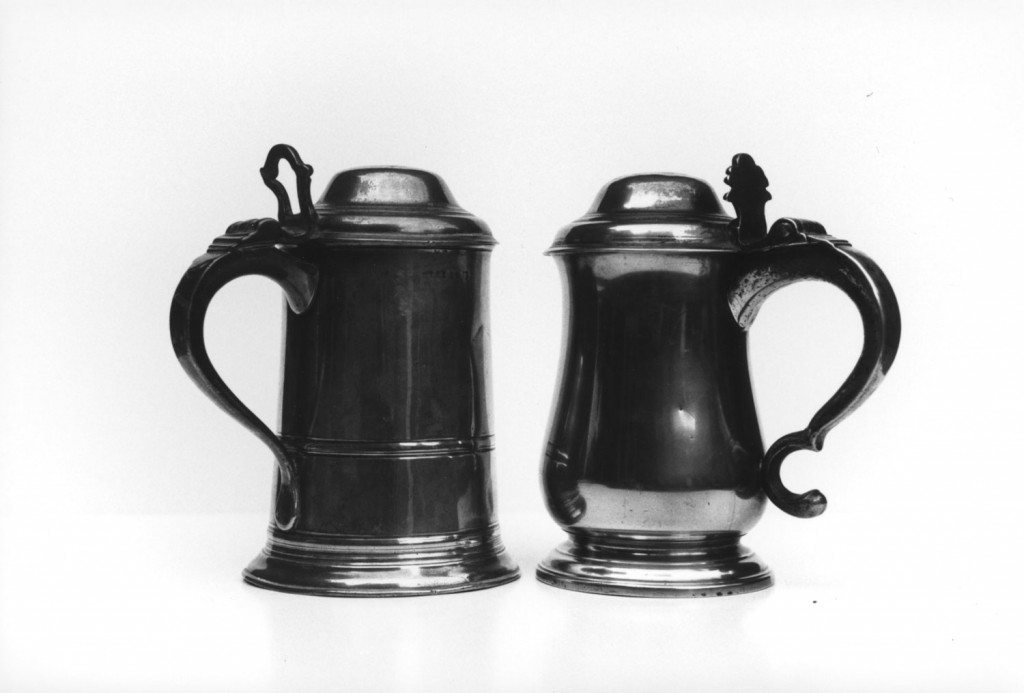The late 18th Century: John Ingram and Charles Hunt
Image: A dome-lidded quart (left) and dome-lidded bellied quart (right), made by Ingram and Hunt, Bewdley pewterers in the late 18th century.
[Image from: Bewdley Museum]
The firm’s Order Books for 1803 to 1805 show that the business manufactured hundreds of different products and are listed in Homer and Hall’s study of the industry (p86 – 87). The range of items included chamber pots, bracket candlesticks, ink stands, shaving cans, ear syringes, fifty different type of spoon, soup ladles, ice moulds, candle moulds, mustard pots, butter boats, pepper boxes, tooth powder boxes, wine strainers, diddy bottles and urinals!
Much of the trade passed through major wholesalers. Links with Birmingham were important where one man, William Wallis, took 10% of the firm’s output. Items also went to Ireland and the USA and in 1806, 50 gross of spoons were dispatched to Smyrna, in the Turkish part of the Ottoman Empire. The diversity of product and range of customers indicate that the firm of Ingram and Hunt was highly sophisticated. By 1800 turnover was £6,000 a year, evidence that Bewdley continued to operate a highly successful pewter industry, despite a decline in parts of the industry elsewhere in Britain.
« Previous in this sectionNext in this section »Continue browsing this section
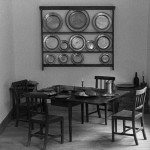 An Innovative Metal Industry: Pewter and Mass Production in Bewdley
An Innovative Metal Industry: Pewter and Mass Production in Bewdley
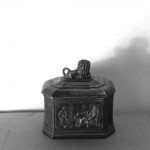 Bewdley’s Importance for the Pewter Industry
Bewdley’s Importance for the Pewter Industry
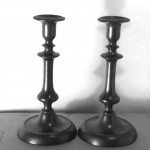 Using Pewter
Using Pewter
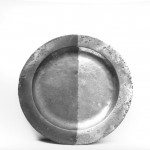 Making Pewter
Making Pewter
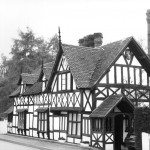 Local Origins
Local Origins
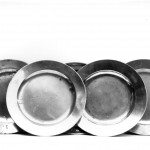 John Duncumb and Mass Production
John Duncumb and Mass Production
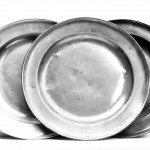 John Duncumb and Mass Production
John Duncumb and Mass Production
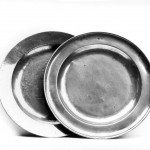 John Duncumb and Mass Production
John Duncumb and Mass Production
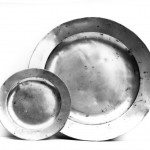 The mid 18th Century: Stynt Duncumb
The mid 18th Century: Stynt Duncumb
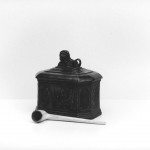 The late 18th Century: John Ingram
The late 18th Century: John Ingram
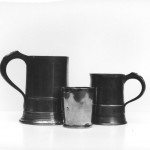 The late 18th Century: John Ingram and Charles Hunt
The late 18th Century: John Ingram and Charles Hunt
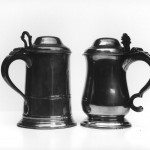 The late 18th Century: John Ingram and Charles Hunt
The late 18th Century: John Ingram and Charles Hunt
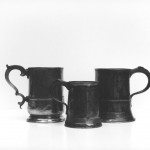 The early 19th Century: Crane and Stinton
The early 19th Century: Crane and Stinton
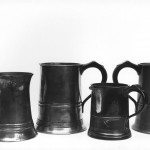 The early 19th Century: Joseph Morgan
The early 19th Century: Joseph Morgan
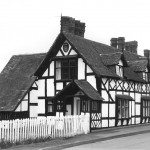 Decline
Decline



